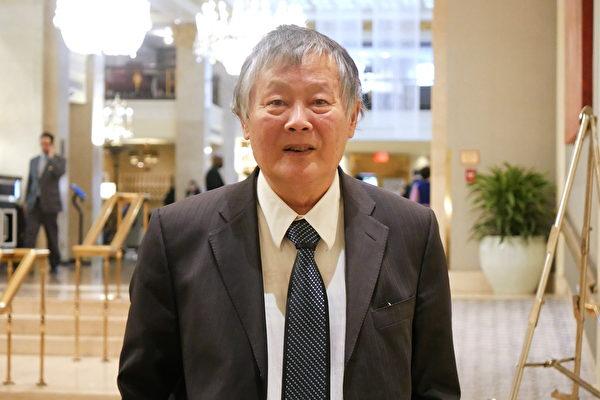China’s Ministry of Agriculture is caught in a controversy sparked by the possible existence of a variant of the H5N1 bird flu virus. The Ministry is making serious accusations about the findings published by Chinese and American researchers.
Virologists Guan Yi and Malik Peiris, of the University of Hong Kong, and Rob Webster of St Jude Children’s Research Hospital in the United States published a study in the US-based Proceedings of the National Academy of Sciences Journal. The report indicated that in the past year, a new strain of bird flu virus, the “Fujian-like virus,” has become dominant amongst poultry and has shown up in human infection cases in six Chinese provinces.
At a press conference held by China’s Ministry of Agriculture on November 10, Chinese officials criticized Guan’s study and claimed that Guan “quoted untrue information,” “used unscientific research methods” and “made unsubstantiated speculations.”
China’s Ministry of Agriculture claimed that there was no new strain of bird flu virus. Although China previously agreed to help epidemiological studies by providing specimens to the World Health Organization (WHO), according to the WHO, since 2004, the Ministry has not provided any specimens of the “Fujian-like” strain of the bird flu virus.
According to Guan, China’s Ministry of Agriculture issued orders to stop the study of the new virus in Guangdong Shantou University, and to destroy samples of the virus.
Initially, the Chinese Ministry of Agriculture claimed that there was no variation in the H5N1 virus, and therefore it was unnecessary to provide WHO with viral samples. But on November 10, Jia Youling indicated that it was the refusal of the U.S. to import bird flu virus specimens that had caused a delay in the delivery of samples to the WHO.
According to professor Guan Yi, from July 2005 to June 2006, researchers collected 53,220 specimens from chickens, geese, and ducks in six southern provinces in China. However, Jia Youling questioned whether Guan Yi had the manpower and material resources to gather so many specimens for his study.
Guan Yi said that amongst the fecal specimens gathered, 1294 were infected with H5N1 bird flu virus. In the samples collected from October 2005 onward, gene sequencing of the viruses showed a predominance of the Fujian-like virus. Between April and June 2006, 103 of 108 samples were identified as containing the Fujian-like variant of H5N1.
China’s Ministry of Agriculture said that Guan Yi claimed to have discovered this new strain of virus in the year 2005, but genetic sequence comparisons showed that the virus is the same as a virus discovered in two counties of Hunan province in February 2004. Therefore, the Fujian-like virus was “not a new strain of virus.”
Guan Yi’s study also pointed out that this new virus seems to have developed resistance to the vaccine currently used to protect poultry in China. But experts from China’s Ministry of Agriculture emphasized that Guan had only tested 76 serum samples, and did not provide sufficient data. Therefore, they claimed that Guan’s conclusion was “an arbitrary conclusion” and “irresponsible.”
The Chinese government criticized Guan’s conclusions for being based on a small number of samples. Yet it was the Ministry of Agriculture that tried to stop Guan from setting up his research and even ordered him to destroy virus samples.
An expert from the WHO said that it was regrettable that China’s Ministry of Agriculture had not handed over specimens of the new strain of virus.


Friends Read Free